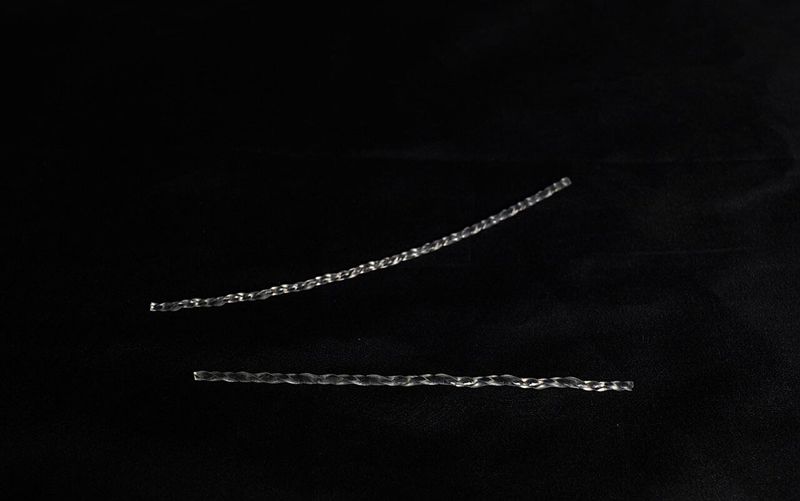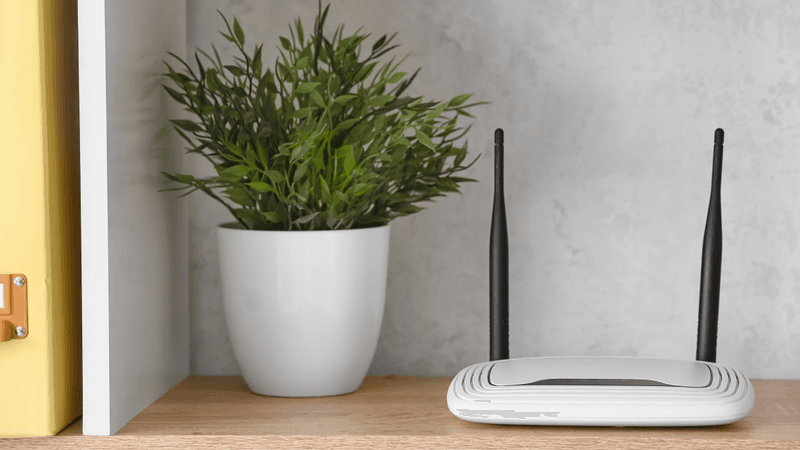You're not imaging it, your Internet really has slowed down because of the pandemic. In the wake of COVID-19, the Internet is feeling the strain of our Netflix binges, gaming sessions, and movie marathons. Some telecommunication providers in Europe recently reported a 50 percent surge in Internet traffic as increasingly more people are urged to stay at home, working, video calling colleagues, entertaining kids, and streaming copious amounts of content to fill the hours.
While there’s not much you can do about the wider strain on the Internet’s infrastructure, there is a cheap and simple trick you can try to make sure your WiFi signal strength is in tip-top shape for the pressing times.
A piece of research by scientists from Dartmouth College in the US, originally presented at the ACM’s BuildSys event in 2017, found that sticking an aluminum foil hat on your router can enhance WiFi signals through a house by over 50 percent.
“Through this single solution, we address a number of challenges that plague wireless users,” Xia Zhou, an assistant professor of computer science at Dartmouth College, said in a statement in November 2017. “Not only do we strengthen wireless signals, we make those same signals more secure.”

Xia Zhou et al.
The researchers came across the claim that placing a soda can behind a router improves WiFi as it helps to reflect the signals and beam them out in more than one direction. Off the back of this, the team set out to design a more effective wireless reflector. They used a series of tests and computational algorithms to work out what the most optimal shape would be. This led to the invention of a curly 3D-printed S-shaped wave lined in aluminum foil, which was found to be the most efficient shape at improving signals.
"With a simple investment of about $35 [presumably the cost of the 3D-printing materials, etc] and specifying coverage requirements, a wireless reflector can be custom-built to outperform antennae that cost thousands of dollars," said Zhou.
Of course, you don't need to have an understanding of complex mathematics or a 3D-printer to get results. Simply try it out for yourself and see what works. After all, you probably have a lot of free time on your hands right now.




